

Reptiles
The leopard gecko, Eublepharis macularius, is a small primitive gecko that, unlike many geckos, is unable to climb smooth glass surfaces.
This lizard is found throughout much of central, eastern and southern Asia. This gecko prefers arid rocky areas, although its burrows are surprisingly humid – a situation that must be recreated in captivity. A crepuscular, largely nocturnal lizard, this species hunts small insects in the wild.
The leopard gecko has remained popular in herpetoculture for many years and longevities of over 20 years are not uncommon. Therefore the acquisition of such a lizard is a long term commitment.
Juvenile leopard geckos are typically transversely banded in black and yellow, which break up as they mature to form black spots over a yellow background. The underside is white to cream in color. Tubercles cover the dorsal surface and there are clawed digits on each foot. Adults have a bulbous tail used for fat storage. Despite the appearance of eyelids, this species (like snakes) possess spectacles which cover and protect the cornea.
Most adults rarely exceed 8 inches or 2.1 ounces (20 centimeters or 60 grams), but males tend to be larger.
Since the late 1970s, leopard geckos have been successfully captive bred. There are now several interesting color mutations available at higher prices including amelanistic and albino. Captive breeding is so successful that there is virtually no traffic in wild caught animals with self-sustaining populations throughout North America and Europe.
There can be little doubt that the leopard gecko is probably the easiest lizard to keep and makes an ideal first choice for the lizard novice. They require basic care and are amenable to handling, albeit prone to bouts of speed. Bites are rare and usually preceded by squeaky vocalizations as a warning. They make interesting vivarium subjects especially if subdued lighting is used to encourage their activities. All lizards can excrete Salmonella and therefore routine personal hygiene and the supervision of all child-gecko interactions are important.
This species is active and bold, as well as usually placid and harmless. They are largely nocturnal and will retreat to dark hide-outs during the day, but activity can be increased by using subdued lighting. They are communal and groups may be kept together as long as only a single male is present. Males are highly territorial and will fight to the death! This species also has the habit of selecting a toilet area in the vivarium which makes cleaning much easier. The leopard gecko hunts insects and it appears that movement, rather than smell or mere sight, is the trigger for feeding.
A single animal can be kept in a 10-gallon vivarium but larger enclosures permit landscaping and overall improvements in the aesthetics of the set-up. Because this species chooses a toilet area, routine cleaning is not difficult even in a complex arrangement.
These lizards prefer dry arid environments, and a floor substrate of silver sand is natural and effective. To prevent potential sand ingestion and subsequent impaction, cage carpet is another good option. Rocks, driftwood and bark can be added to provide shelter. It is important to mimic the naturally high humidity of the wild burrow and therefore the retreats should be sprayed daily without generating general dampness or having some moist sphagnum added to a corner of the cage.
Heating can be provided using under tank heat mats. Overhead ceramics are preferred over spot lights as the bright light will deter the geckos from day time activity.
Leopard geckos are insectivorous and will readily accept crickets, locusts, waxworms, mealworms and tebos, etc. All insects should be nutrient gut loaded by feeding a commercial insect food or crushed fish pellets, with a slice of potato for moisture. In addition, all insects should be thoroughly dusted with a high calcium supplement immediately prior to feeding.
It is wise to vary the insect diet to avoid potential nutrient excesses or deficiencies although multivitamins can be added to the dusting formula once or twice weekly. Routine calcium supplementation appears to be important in preventing these lizards from eating their sand substrate and becoming blocked.
Geckos can be fed daily or once weekly, depending on their age. Any crickets not eaten within an hour should be removed. During cooler times of the year, some will lose their appetite. During this time, food can be offered every couple of weeks.
Uneaten food must be removed to prevent the insects from annoying or even attacking the geckos. Fresh water should always be available in a small shallow bowl that the geckos can easily enter and leave.
A daytime temperature gradient of 75 to 85 degrees Fahrenheit with a basking area of 86 to 92 F, should be lowered to 65 to 75 F at night. Although not true hibernators, this species does enjoy a period of 2 to 3 months of winter quiescence. Photoperiod can be reduced to 8 hours and day and night temperatures should be lowered by 10 F. Feeding becomes greatly reduced and individuals may even become anorexic for a time. Only animals with obvious fat reserves in a bulbous tail should be permitted to go through the winter period – sick or underweight animals should be maintained in constant 'summer' conditions. Returning to a 12 to 14 hour photoperiod and 'summer' temperatures will induce breeding activity.
Males tend to be larger and more robust in conformation. They also possess pre-anal pores in a V-shaped configuration just in front of the vent. These pores are lacking or remedial in females. Sex determination is important as males housed together can fight to the death.
Breeding has been reported from a year of age but it is better to allow animals to mature properly and breed from the second or third year. Reproductive success appears to be enhanced by a cool winter period and separation of the male from the females. Male courtship consists of biting the female's tail, back and head until their cloacas are aligned to permit copulation. The female will usually lay a pair of elongated leathery eggs into a moist substrate (such as the humidity box) and most females will lay several clutches a year. The eggs are best incubated on damp vermiculite at 60-80 percent humidity. The gender of the offspring is determined by incubation temperature.
Greater than 80.5 F (27 C) incubation largely ineffective
80.5-84 F (27-29 C) all female offspring, after about 70-84 days
84-89.5 F (29-32 C) male & female offspring, after 56-70 days
89.5-93 F (32-34C) all male offspring hatching after 42-56 days
Less than 93 F (34 C) deformed hatchings and high mortality rate
Care of the babies is similar to adults, except that smaller insect prey must be offered after the first shed (usually within 3 to 5 days).
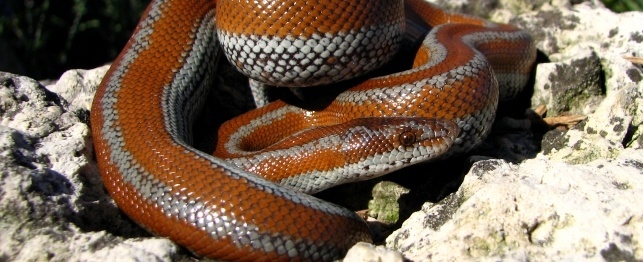 Choosing a Rosy Boa
Choosing a Rosy Boa
Choosing a Rosy Boa
Choosing a Rosy Boa
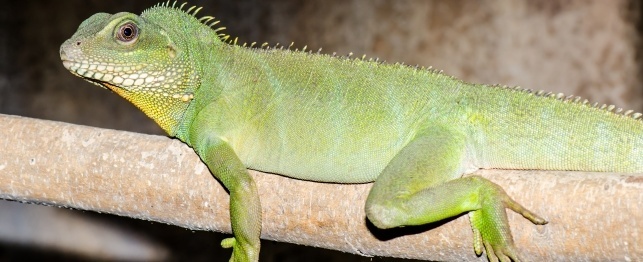 Choosing a Green Water Dragon
Choosing a Green Water Dragon
Choosing a Green Water Dragon
Choosing a Green Water Dragon
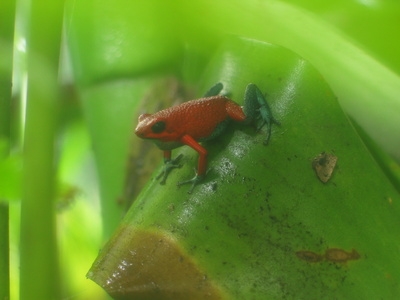 How to Build a Terrarium for a Reptile
How to Build a Terrarium for a Reptile
How to Build a Terrarium for a Reptile
How to Build a Terrarium for a Reptile
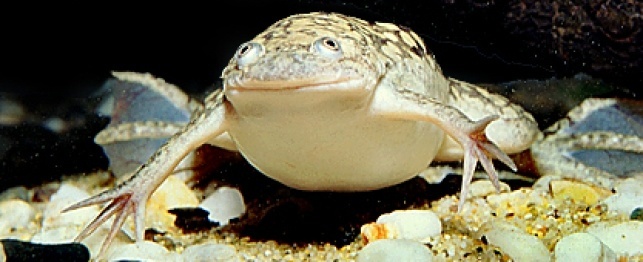 Choosing an African Clawed Frog (Xenopus)
Choosing an African Clawed Frog (Xenopus)
Choosing an African Clawed Frog (Xenopus)
Choosing an African Clawed Frog (Xenopus)
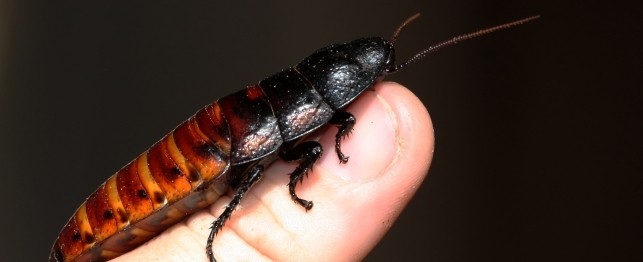 Unusual Pets - The Hissing Cockroach
Unusual Pets - The Hissing Cockroach
Unusual Pets - The Hissing Cockroach
Unusual Pets - The Hissing Cockroach
Copyright © 2005-2016 Pet Information All Rights Reserved
Contact us: www162date@outlook.com